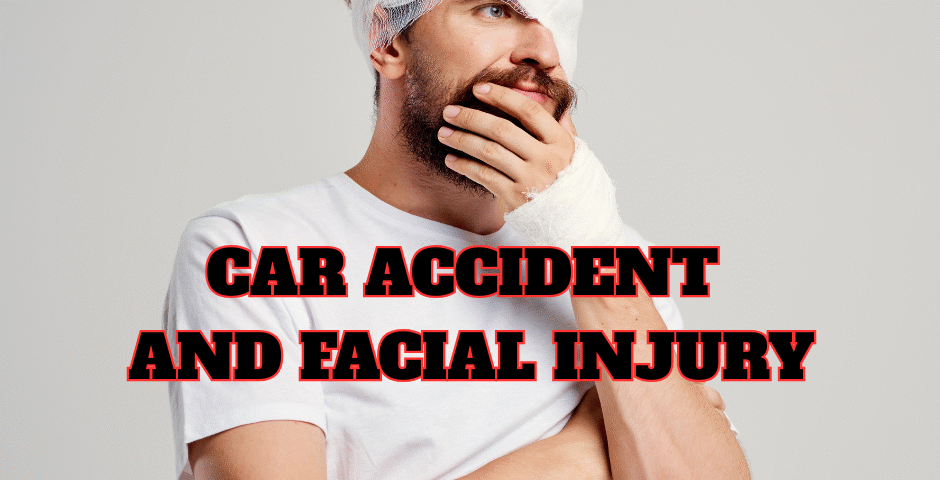Facial Injuries and Car Accidents

Summer and Driving Dangers
June 30, 2025
Motor Vehicle Accidents and Degeneration
July 14, 2025- Accident doctor
- accupuncture
- airplane headache
- alzheimer's
- best habits
- Brain Injuries
- car accident
- car accidents
- cervical strain
- colds
- concussion
- Concussions
- disc bulge
- dosage meds
- dry needling
- dull pain
- E bike injuries
- florida
- good posture
- headaches
- Headrest positions
- Headrest positions after an accident
- Healthy choices
- Healthy flying
- healthy gift guide
- Healthy SPring Ideas
- hip pain
- hyperextension
- injury doctor
- insurance
- Kayaking
- kentucky
- kids motion sickness
- lifestyle
- motion sickness
- neck injury
- no fault insurance doctor
- noise healing
- osteoporosis
- pain symptoms
- pink noise
- posterior chain
- posture
- prevent osteoporosis
- Rest
- Scoliosis
- shoulder pain
- Stress with kids after a motor vehicle accident
- TBI
- tips
- tmj
- torn muscle
- Traumatic Brain Injury
- trigger points
- VitaminD
- What are Post Traumatic headaches?
Car Accidents and Facial Injuries
Car accidents often result in a wide range of injuries and some of the most visible are those affecting the face. Facial injuries are common in motor vehicle accidents where occupants strike the steering wheel, dashboard, airbag, or even hit by glass or loose debris. Dr. Deryk Harting of Chambers Medical Group, one of the highest rated car accident medical care programs in Florida, discusses car accidents and facial injuries.
The face is vulnerable due to its exposed position and sensitive structure. One of the most frequent facial injuries sustained in car accidents is a broken nose (nasal fracture). In addition to nasal fractures, car crashes can lead to injuries such as orbital fractures, zygomatic fractures (cheekbones), jaw fractures, dental injuries, and lacerations. Each of these injuries can result from direct trauma or secondary contact with something inside the vehicle. For example, in a frontal impact, the sudden movement forward can force the face into the steering wheel and cause complex bone fractures.
Symptoms of a nasal fracture can include immediate pain, swelling, bruising around the eyes, difficulty breathing through the nose, and sometimes a visible deformity. There may also be a nosebleed or a cracking sound at the moment of injury. Fractures of other facial bones can cause these symptoms as well as cheekbone swelling, facial numbness due to nerve damage, jaw misalignment, or double vision if an orbit is involved.
Diagnosing facial injuries after a car accident begins with a physical examination and imaging tests. X-rays can be used for basic fractures, but CT scans are ideal for identifying facial trauma. CTs are used extensively when multiple bones are involved or when there is concern for injury near the eyes or brain. A thorough evaluation is also necessary to identify associated injuries, such as traumatic brain injury when there was a loss of consciousness or confusion after an accident.
Treatment for facial injuries varies depending on severity. Minor fractures may heal on their own with conservative care like ice, medication, and rest. However, complex or displaced fractures may require manual realignment (closed reduction) or surgical intervention (open reduction). Facial lacerations are treated by cleaning the wound, stitches, or staples if necessary, and plastic surgery in some cases.
Most fractures heal well with medical treatment, but some patients can experience long term issues like nasal obstruction, facial asymmetry, or chronic sinus problems. Emotional recovery can be an important factor too, as facial injuries may impact a person’s self-esteem when there is scarring or disfigurement involved. In these cases, counseling or reconstructive surgery may be recommended as part of a long-term treatment plan.
Preventing facial injuries in car accidents can be difficult but starts with basic safety precautions. Here is a compilation of recommendations from the National Highway Traffic Safety Administration (NHTSA), Centers for Disease Control and Prevention (CDC), and the Insurance Institute for Highway Safety (IIHS):
- Wear a Seatbelt- This is the most important step. It keeps the body in place during a collision and helps prevent the face and head from hitting the steering wheel, dashboard, or windshield.
- Confirm Airbag Functionality- Airbags are designed to cushion the impact during a crash and reduce the risk of head and facial injuries. Make sure the vehicle’s airbag system is functional and has not been disabled or recalled.
- Adjust the Headrest and Seat Position- Keeping the seat upright and the headrest properly aligned can minimize whiplash.
- Avoid Distracted Driving- Refrain from texting, driving under the influence, or other distractions that increase the risk of being in a crash.
- Secure Loose Items- Loose objects inside the car can become projectiles during a crash and cause facial injuries. Store heavy items in the trunk or secure them within the vehicle.
- Use Proper Child Restraints- The correct use of car seats, booster seats, and seat belts based on a child’s age and size is essential to decrease the risk of facial and head injuries.
- Defensive Driving- Defensive driving can decrease the chance of being in an accident altogether by maintaining safe distances and anticipating other drivers’ actions.
— This article is written by Deryk Harting, DC, one of the members of Chambers Medical Group’s team of car accident chiropractors who offer a variety of treatments and therapies ranging from diagnostic testing to various soft tissue therapies for car accidents and injuries in Florida.




